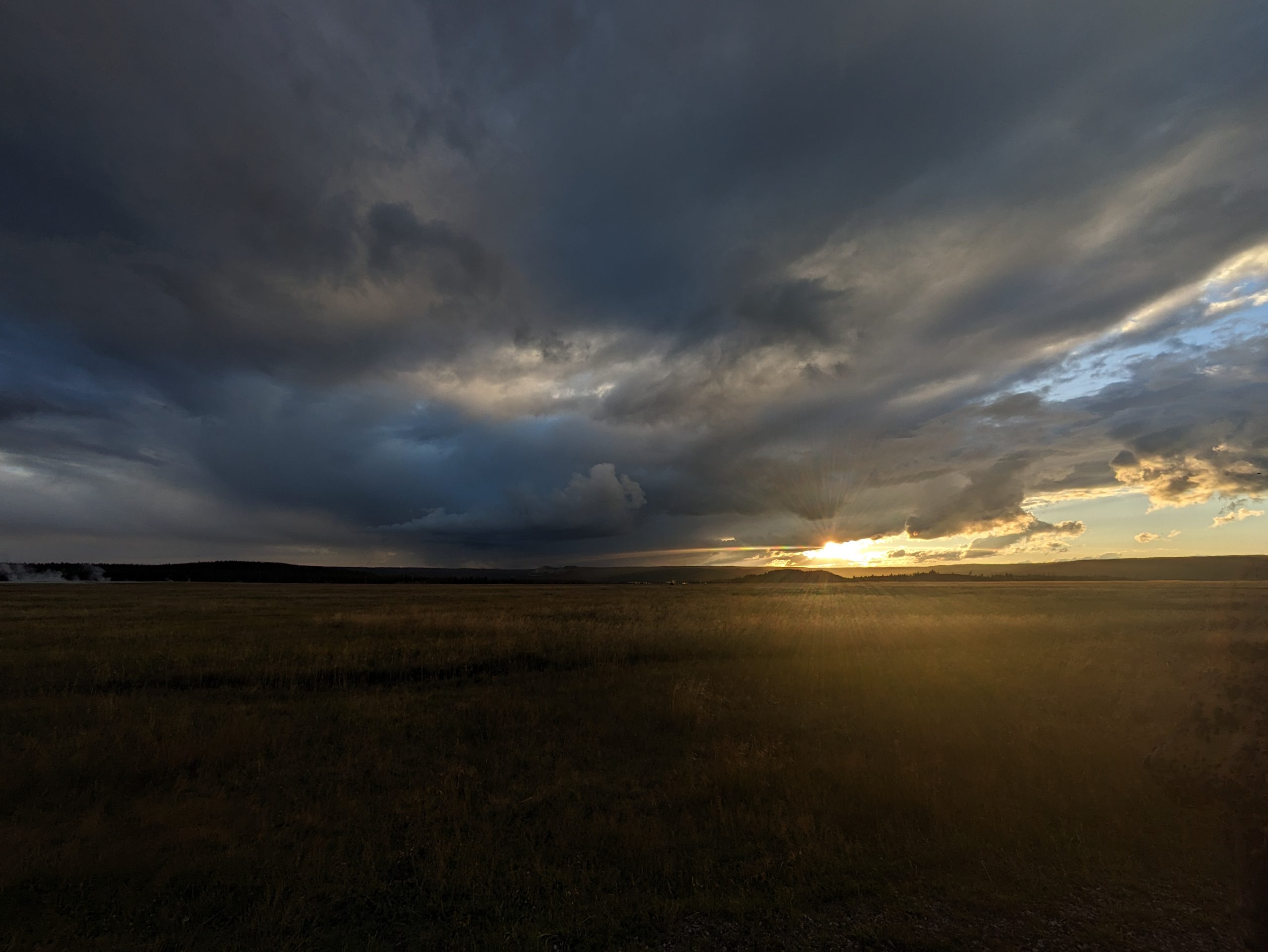The resounding clang of the Nasdaq opening bell on that crisp January morning in 2024 was more than a simple sound; it was a symphony of personal and professional triumph, a crescendo that reverberated through the corridors of my life. Standing on that iconic podium, a wave of emotions washed over me as I reflected upon the intricate tapestry of experiences that had led me to this pivotal moment. It was a journey marked by resilience, adaptability, and an unyielding pursuit of knowledge and innovation, a testament to the transformative power of unconventional paths and the unwavering spirit of the human will.
The Foundation: A Nomadic Upbringing
My story begins with a childhood defined by constant change and upheaval. As the son of a military officer, I became accustomed to a life of frequent relocations, adapting to new environments and cultures with remarkable speed and agility. In the first four decades of my life, I moved an astounding 24 times, traversing the vast expanse of the United States and even venturing to India. While this nomadic lifestyle presented its share of challenges, it also instilled in me a profound sense of adaptability, resourcefulness, and the ability to forge connections with people from all walks of life.
Each move was a fresh start, an opportunity to reinvent myself and embrace new experiences. I lived in bustling metropolises and quaint rural towns, interacted with individuals from diverse socioeconomic backgrounds, and witnessed firsthand the kaleidoscope of human experiences that shaped our world. This exposure broadened my horizons, challenged my preconceived notions, and cultivated a deep appreciation for the richness and complexity of our global community.
My academic journey mirrored the nomadic nature of my upbringing. In pursuit of a bachelor’s degree in physics, a postgraduate diploma in marketing, and an MBA, I attended nine different educational institutions across two continents. This constant shuffling of schools meant that I never truly established roots in a single place, but it also honed my ability to assimilate into new social circles, navigate different educational systems, and adapt to varying teaching styles. I became a chameleon of sorts, blending seamlessly into new environments and building rapport with classmates and teachers, regardless of their backgrounds or personalities.
The Unconventional Path: A Mosaic of Experiences
My career trajectory was equally unconventional, a mosaic of experiences that spanned diverse industries and roles. I delved into the world of marketing consultancy, honing my skills in strategic planning and brand development. I immersed myself in the realm of product management, gaining insights into the intricate dance between customer needs and technological innovation. I ventured into business development, mastering the art of forging partnerships and cultivating mutually beneficial relationships.
Each experience was a stepping stone, a building block in the foundation of my professional identity. I learned to embrace ambiguity, to navigate complex challenges, and to identify opportunities where others saw obstacles. I developed a deep appreciation for the power of collaboration, recognizing that the greatest achievements are often the result of collective effort.
The Entrepreneurial Spirit: A Burning Desire to Innovate
Throughout my career, I was drawn to the allure of entrepreneurship and innovation, inspired by the stories of visionary leaders who had disrupted their industries and left an indelible mark on the world. I yearned to be part of something bigger than myself, to create something that would have a lasting impact on society. This burning desire led me to the world of Special Purpose Acquisition Companies (SPACs), a relatively new and rapidly evolving financial instrument that offered a unique opportunity to combine my entrepreneurial drive with my experience in capital markets.
SPACs, I discovered, were a powerful tool for democratizing access to investment opportunities, empowering innovative companies, and creating value for all stakeholders. They were a blank canvas upon which I could paint my vision of a future where entrepreneurship and social impact could coexist and thrive.
The Zoomcar Merger: A Defining Moment
The culmination of my SPAC journey came with the Zoomcar merger, a landmark transaction that would forever alter the trajectory of my career. Zoomcar, a trailblazing car-sharing platform that had established a dominant presence in emerging markets, resonated deeply with my values and aspirations. Their innovative business model, which leveraged technology to provide affordable and accessible mobility solutions, coupled with their unwavering commitment to social impact, aligned perfectly with my investment thesis.
The path to a successful merger was fraught with challenges. We encountered volatile market conditions, regulatory complexities in multiple jurisdictions, and the inherent difficulties of integrating two distinct corporate cultures. But through it all, our team remained steadfast in its pursuit of a mutually beneficial outcome. We worked tirelessly, leveraging our collective expertise in finance, law, technology, and operations. We engaged in countless hours of negotiation, carefully crafting deal terms that would protect the interests of all stakeholders.
The ringing of the opening bell at Nasdaq was a moment of profound significance, a testament to the power of perseverance, collaboration, and the unwavering belief in a vision. It was a celebration of the entrepreneurial spirit that drives innovation and progress, a reminder that even the most ambitious dreams can be realized through unwavering dedication and a steadfast commitment to one’s values.
The Ripple Effect: Inspiring a New Generation of Leaders
The success of the Zoomcar merger had a ripple effect throughout the SPAC industry, inspiring renewed optimism and fueling a resurgence of interest in this innovative financing vehicle. It served as a powerful example of how SPACs could be used to support companies with a strong commitment to social impact, creating a win-win scenario for investors and society alike.






